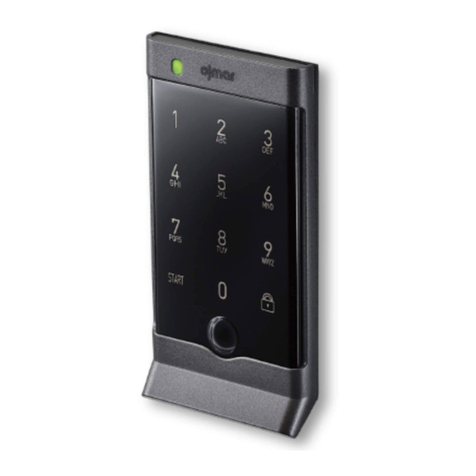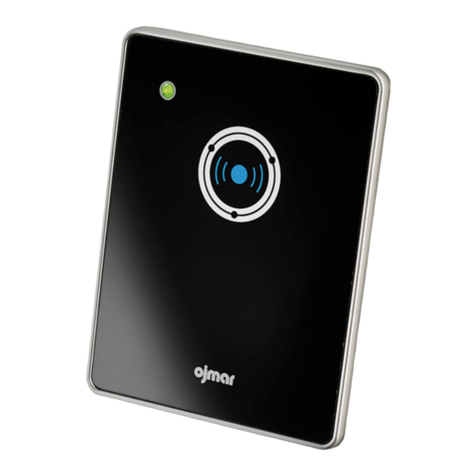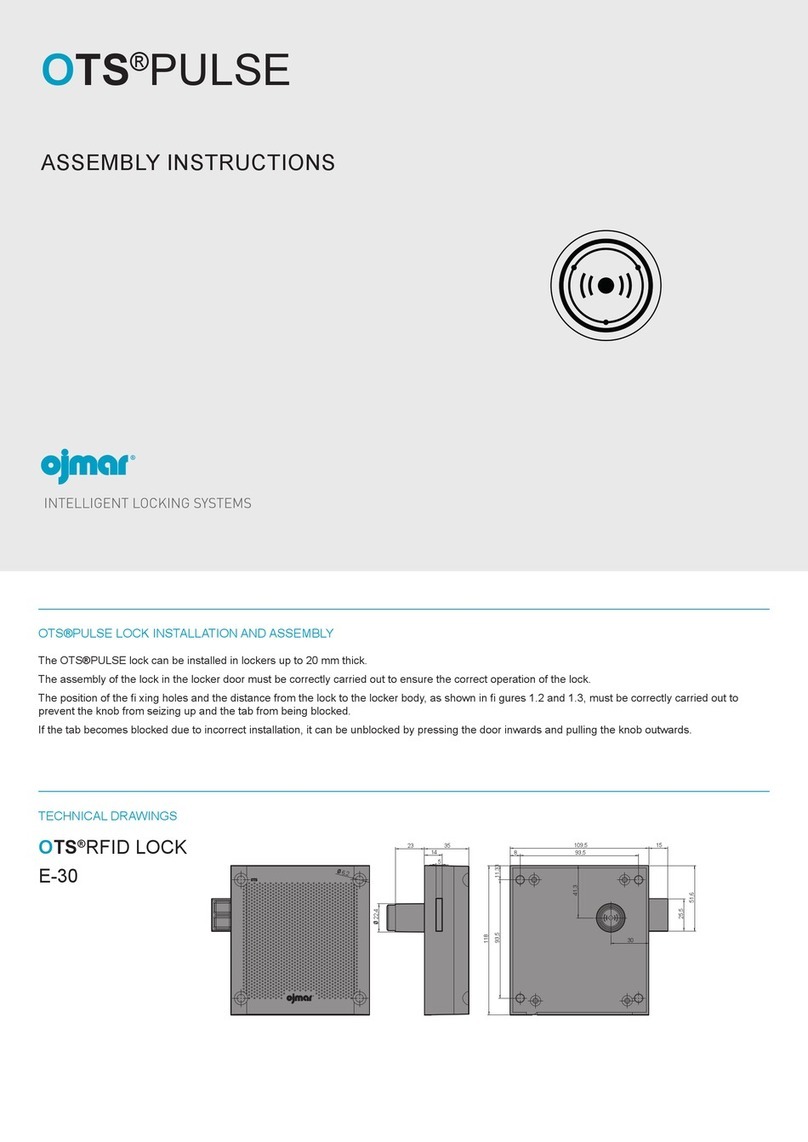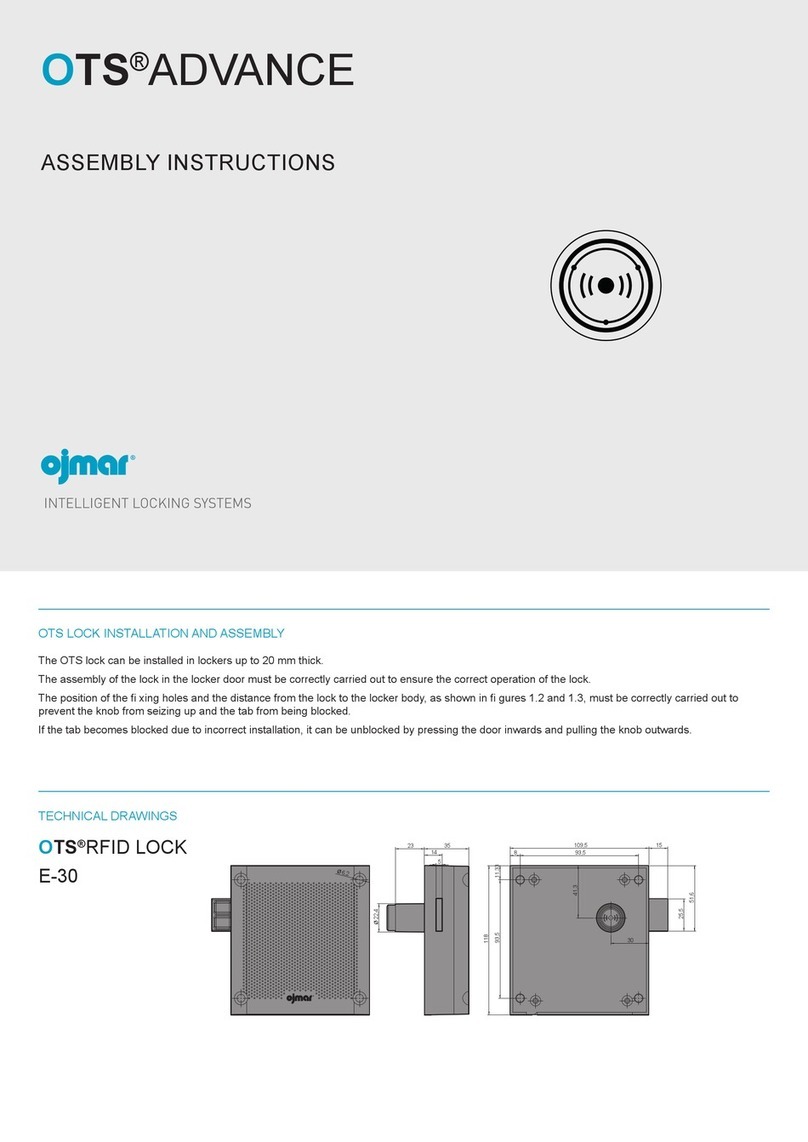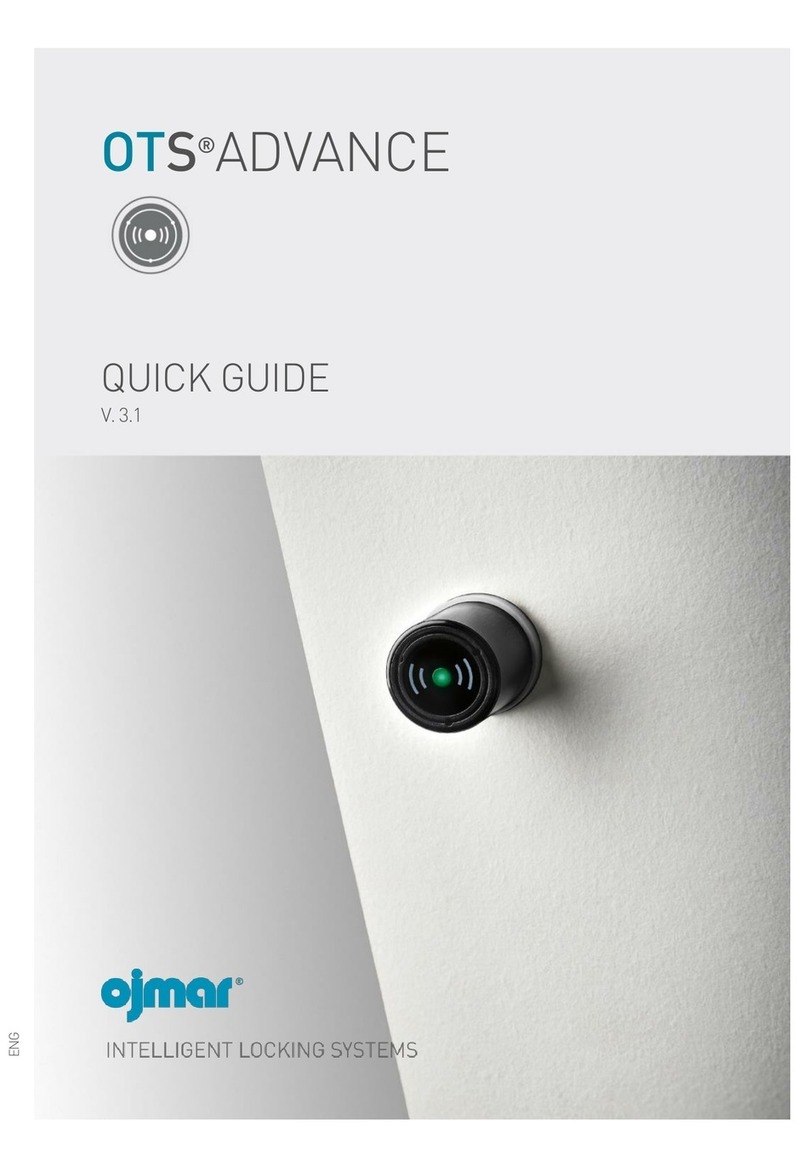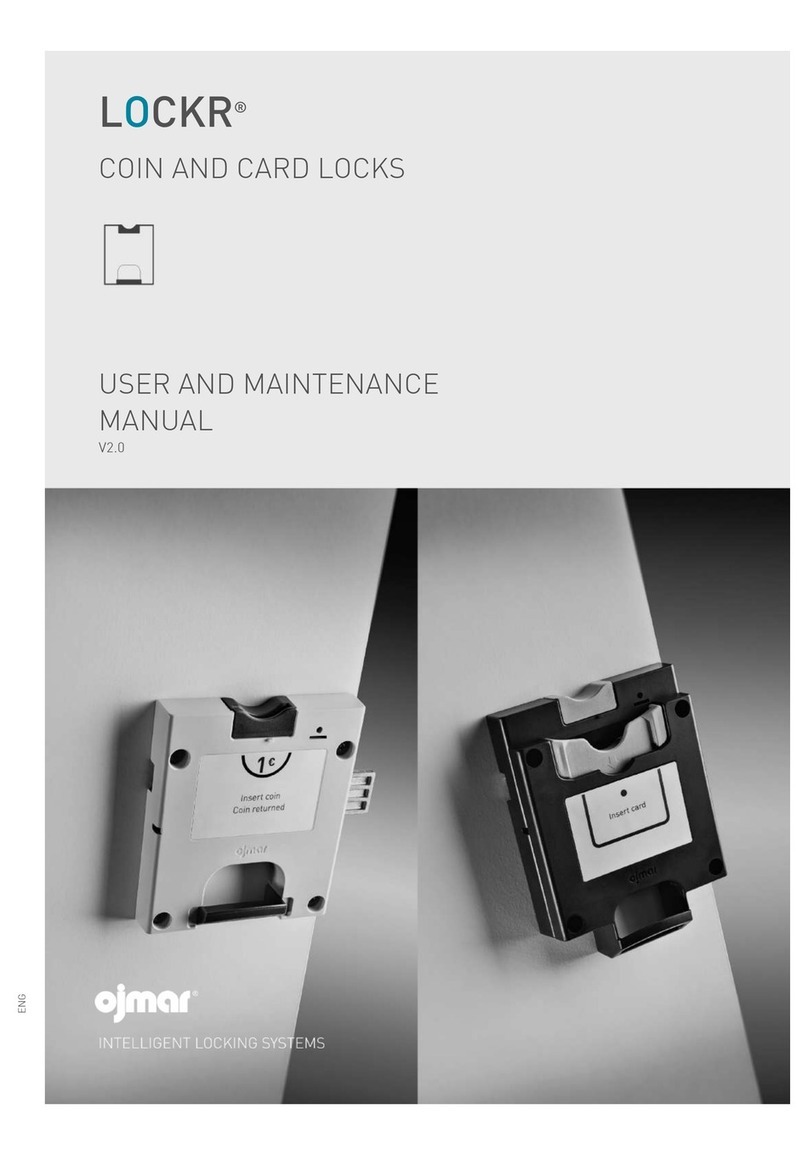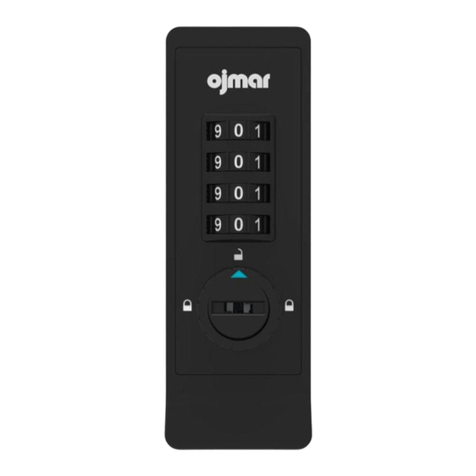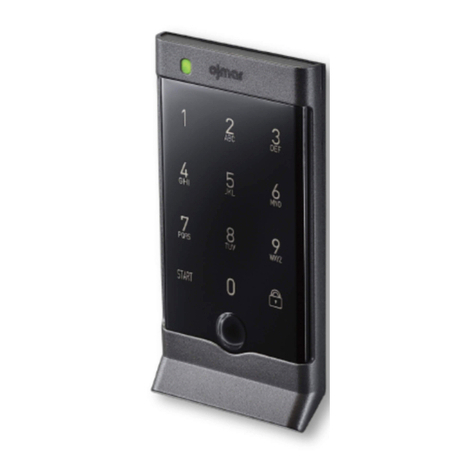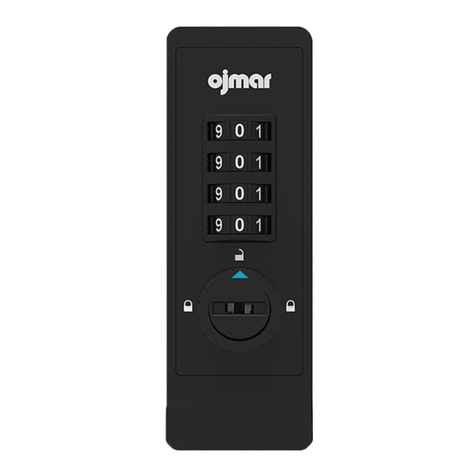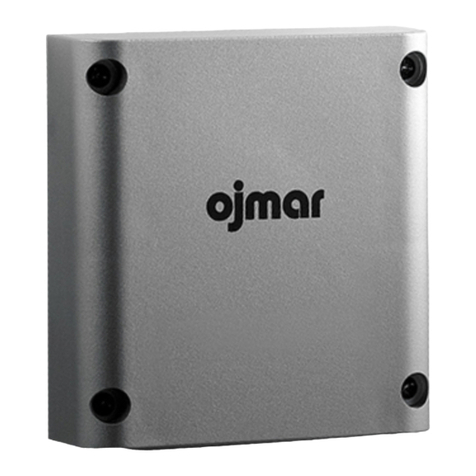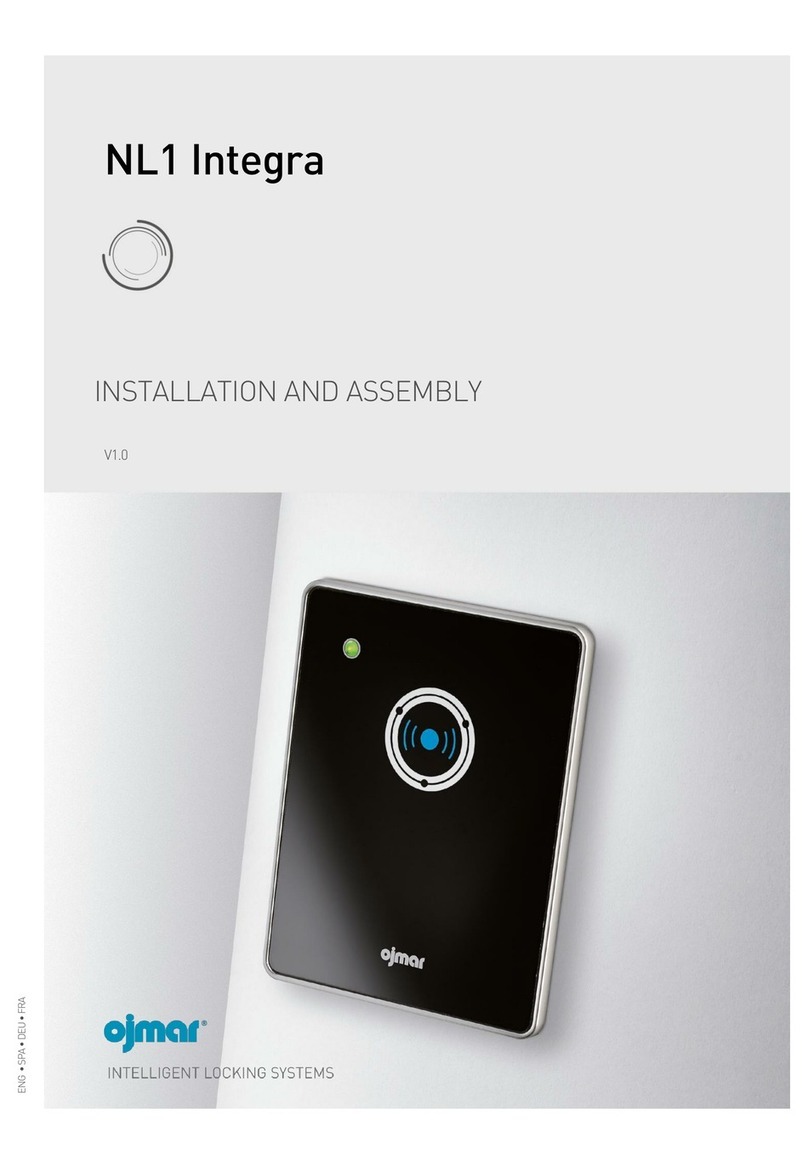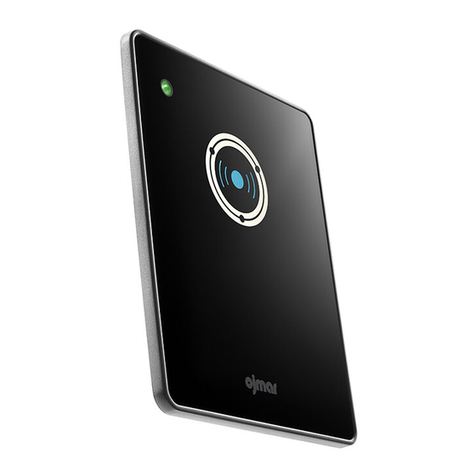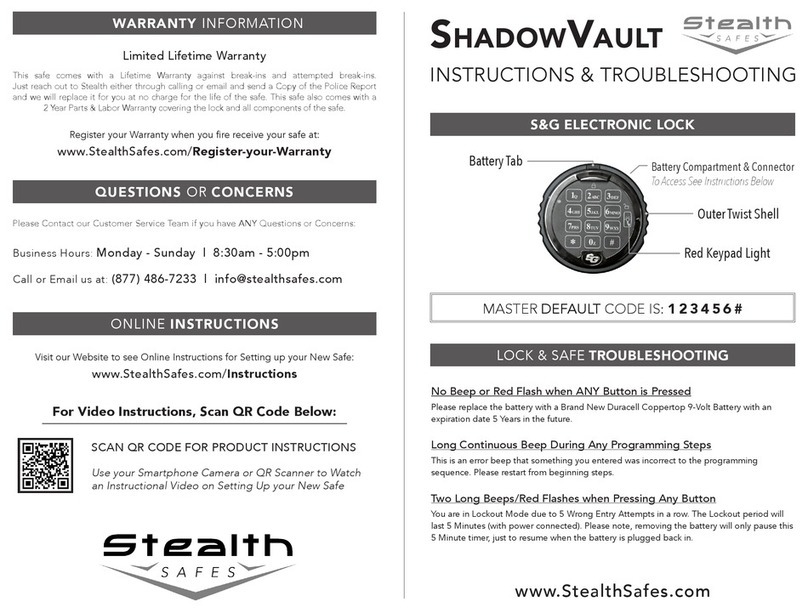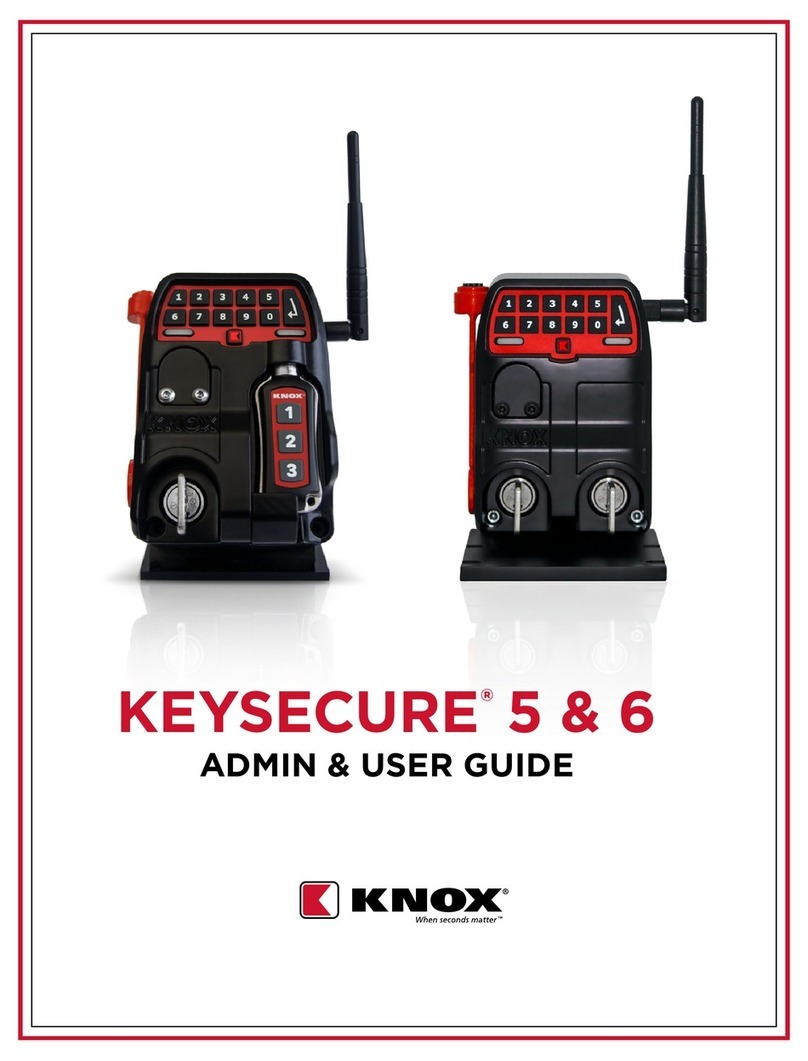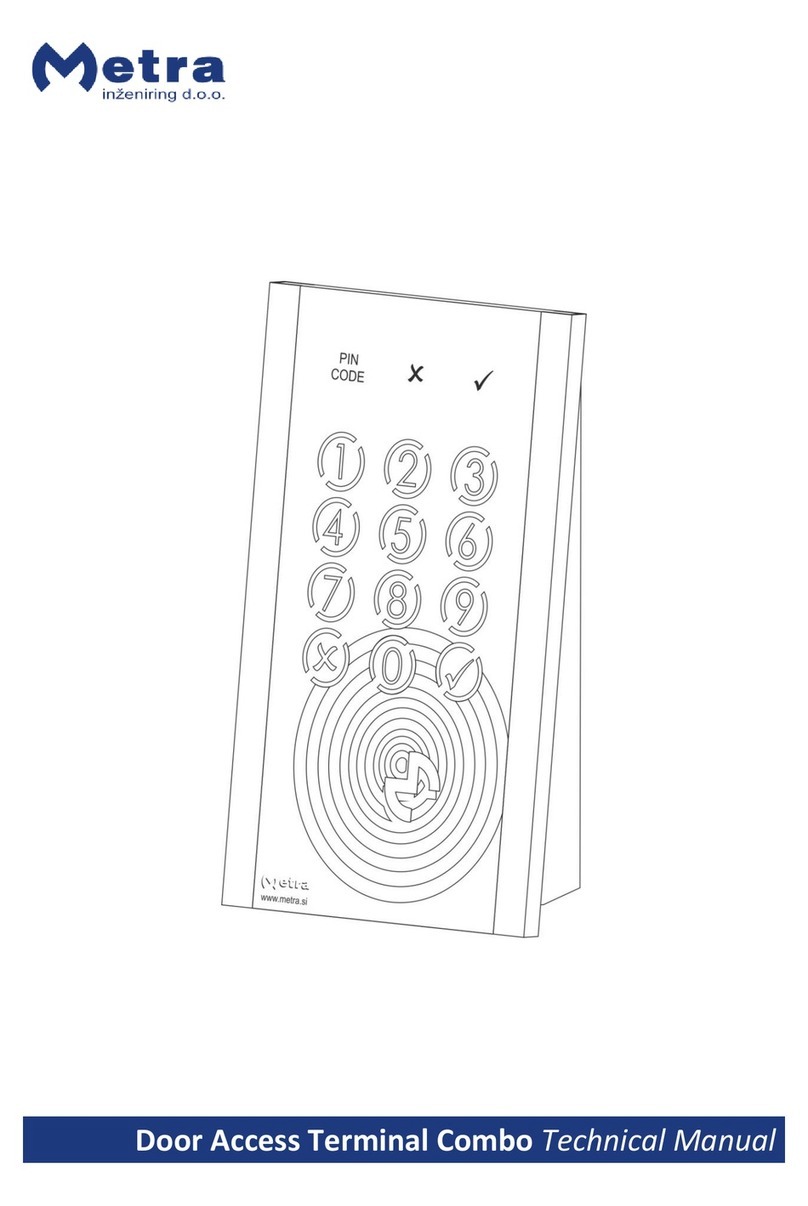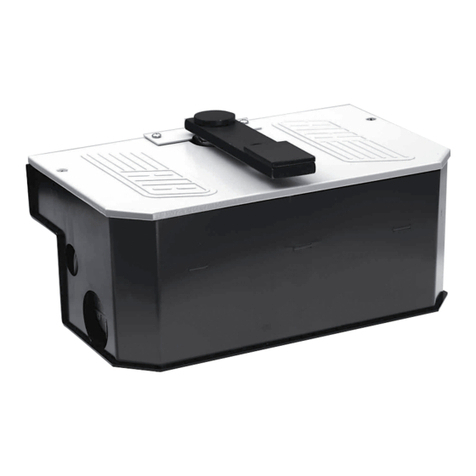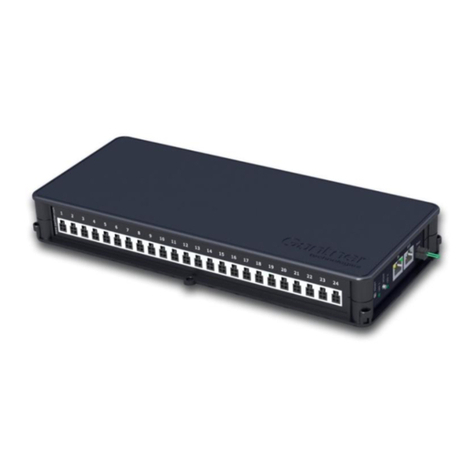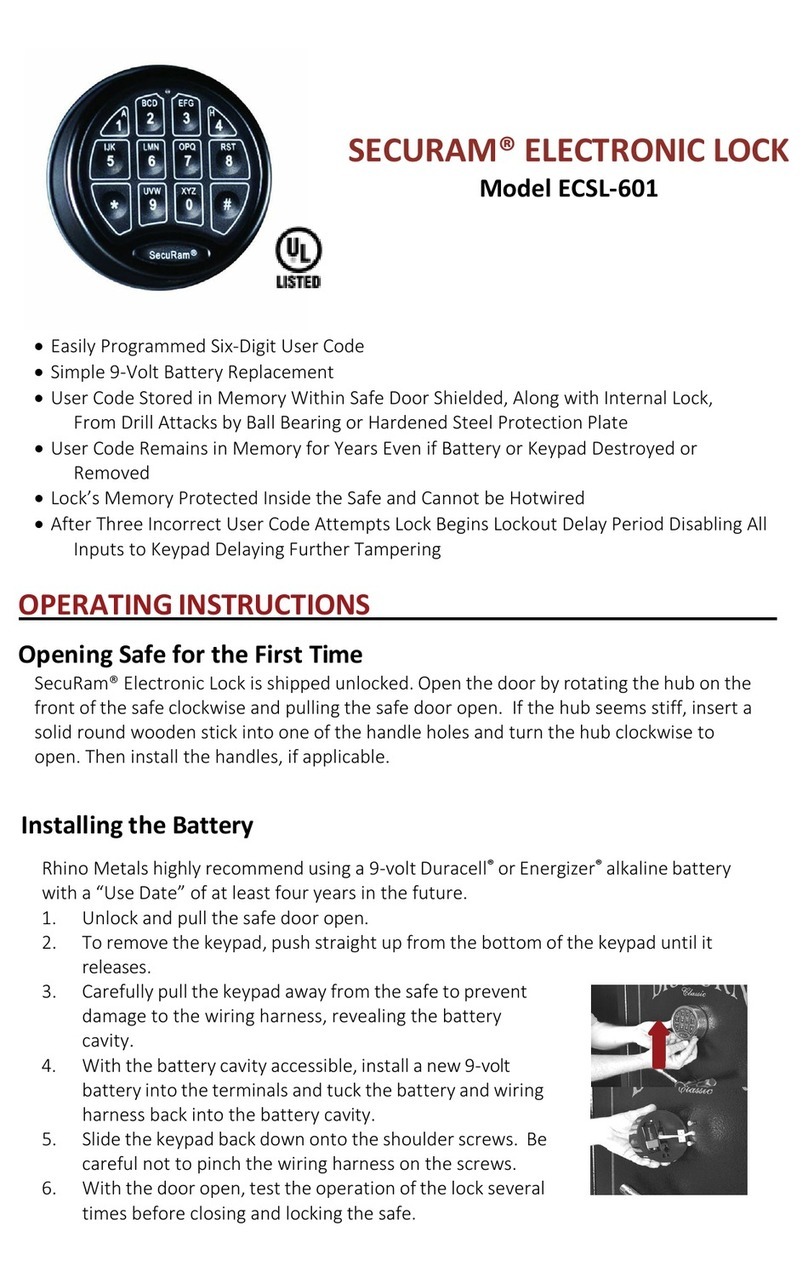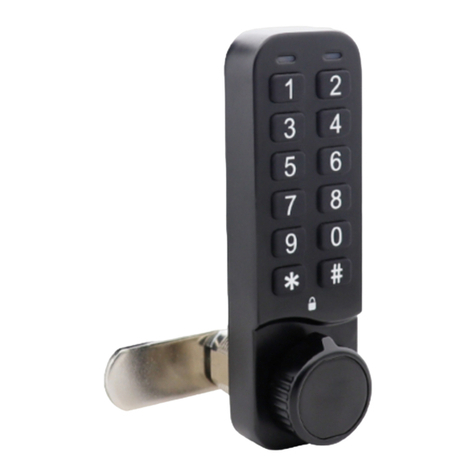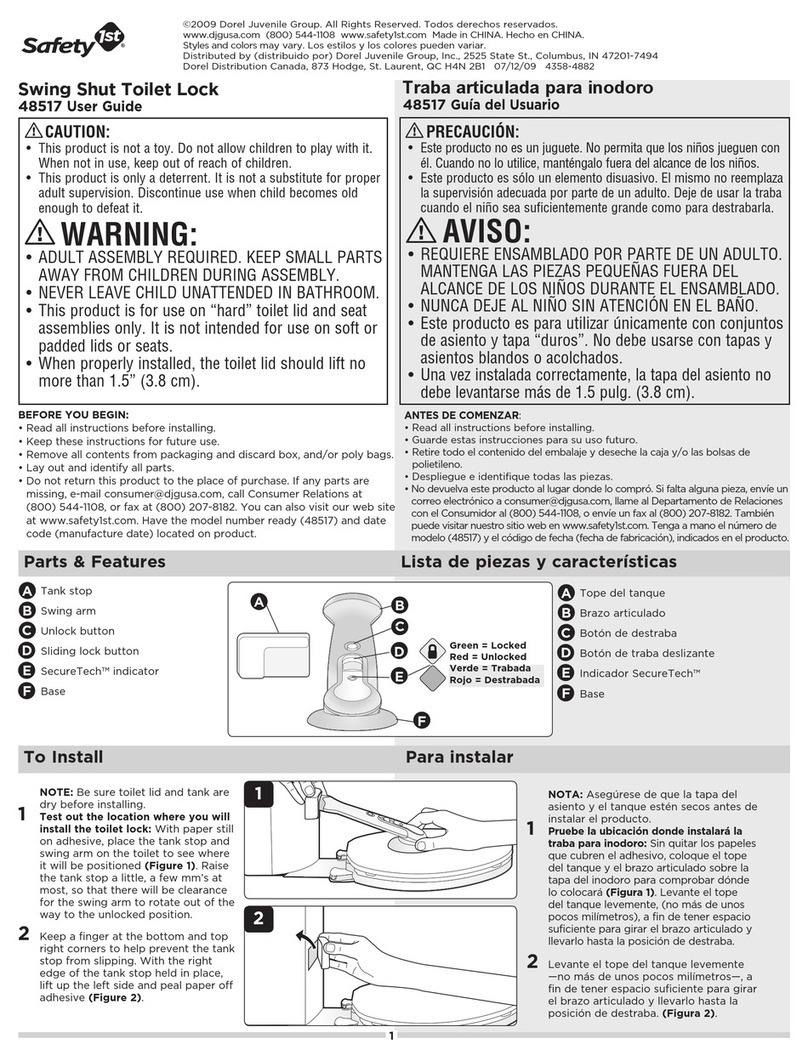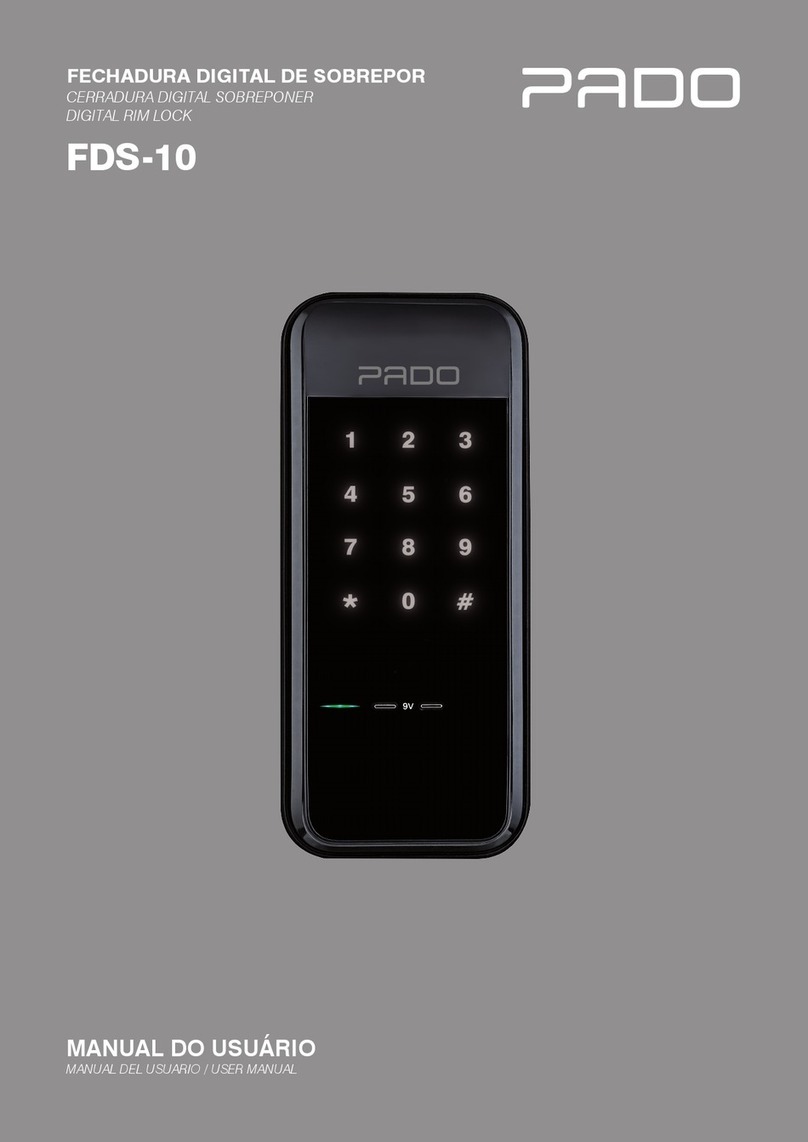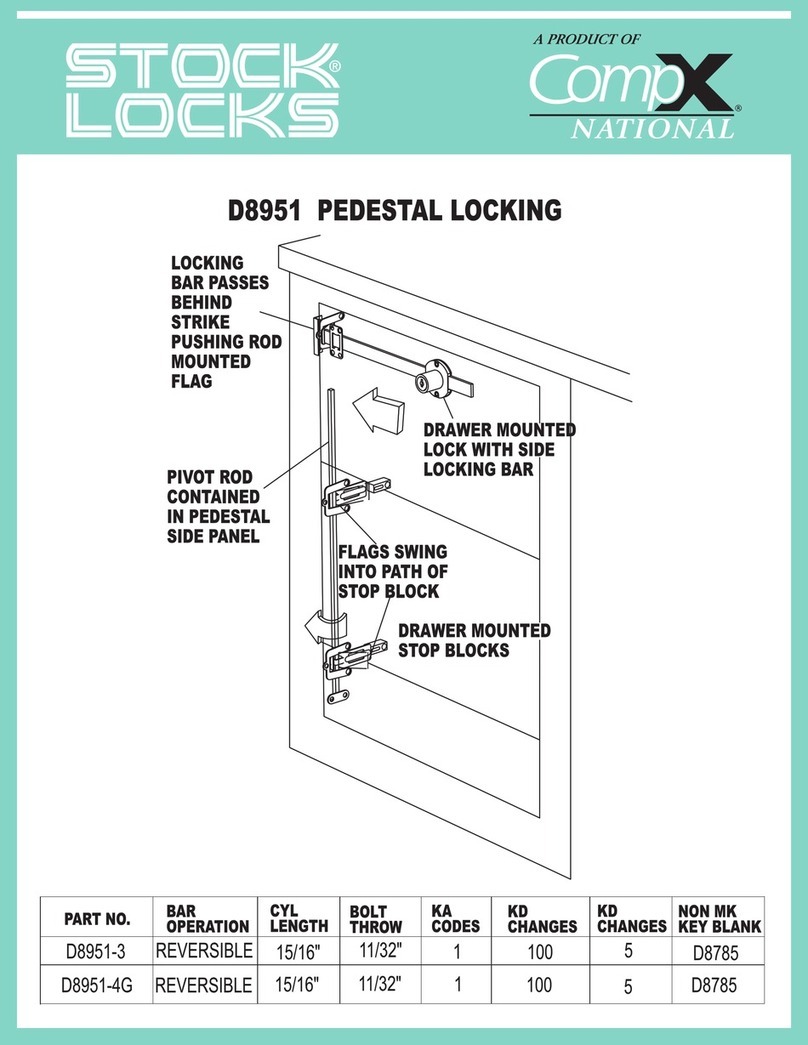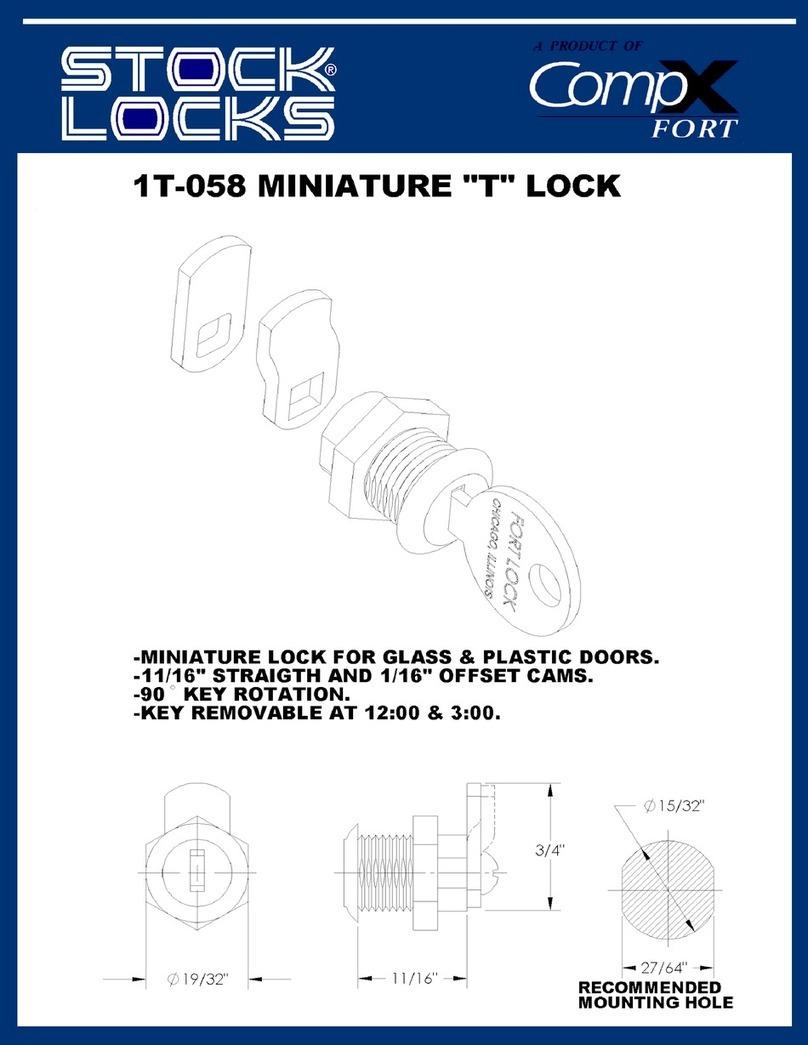
OJMAR 6
1.6.11 Time Change Key ..............................................................................................22
1.6.12 Time Set Key......................................................................................................23
1.6.13 Reset Key ...........................................................................................................23
1.6.14 Test Key..............................................................................................................24
1.7 DESCRIPTION OF FLASHING LEDS ....................................................... 25
1.8 SOFTWARE CODES ............................................................................... 27
1.9 REPLACEMENT OF THE LOCK BATTERY................................................ 28
2. PORTABLE PROGRAMMER ............................................................................. 31
2.1 GENERAL DESCRIPTION....................................................................... 31
2.2 OJMAR NFC MODEL PROGRAMMER ..................................................... 31
2.2.1 Main Screen.......................................................................................................34
2.2.2 Operations with Keys........................................................................................35
2.2.3 Operations with Locks......................................................................................36
2.2.4 Configuration.....................................................................................................38
2.3 DESKTOP READER ............................................................................... 39
2.4 INSTALLING WINDOWS DRIVERS FOR THE DESKTOP READER .............. 40
2.5 WINDOWS CONTROLLER INSTALLATION FOR OJMAR NFC PROGRAMMER
............................................................................................................ 42
3. INFOTERMINAL.............................................................................................. 45
3.1 INFOTERMINAL .................................................................................... 45
3.1.1 Bracket Features ..............................................................................................45
3.1.2 Infoterminal Features ......................................................................................46
3.1.3 Installation.........................................................................................................47
3.2 USE OF THE INFOTERMINAL ................................................................ 49
3.3 INFOTERMINAL CONFIGURATION......................................................... 52
4. OTS MANAGEMENT SOFTWARE.......................................................................57
4.1 PC SOFTWARE ......................................................................................57
4.2 SOFTWARE INSTALLATION ................................................................... 58
4.3 LICENCE ACTIVATION........................................................................... 58
4.4 ACCESSING THE APPLICATION, CONFIGURATION, START-UP AND
GENERAL OPTIONS .............................................................................. 58
4.5 SUBGROUPS ........................................................................................ 60
4.6 LOCKS ................................................................................................. 62
4.6.1 Add Lock ............................................................................................................65
4.6.2 Edit / Delete Lock..............................................................................................66
4.7 OPERATORS ......................................................................................... 67
